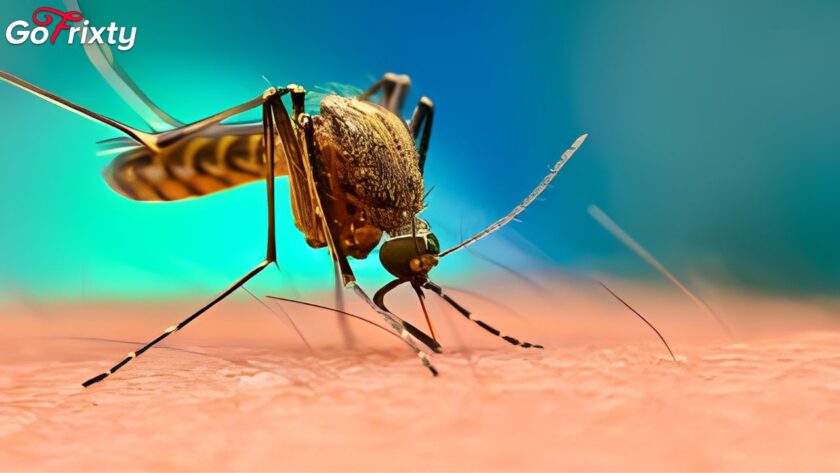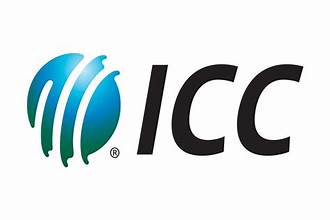A viral illness called monkeypox is mainly spread from animals to people. It belongs to the poxvirus family, which consists of 83 species in total. These 83 species are split into two subfamilies, each of which has 22 species. Because of their similar symptoms, monkeypox and smallpox are frequently referred to as cousin diseases.
Despite the illnesses new designation by the World Health Organisation, “Mpox,” it is still frequently referred to as “monkeypox.” After a smallpox-like illness spread among research groups of monkeys, the virus was identified in 1958.
The monkeypox virus comes in two different varieties: Central African and West African. The Central African monkeypox virus causes more serious illnesses and fatalities than the West African monkeypox virus.
Flu-like symptoms, such as fever, headache, muscle aches, and lethargy that may last for one or two days, are the first indications of monkeypox. Usually, the rash starts one to three days after the fever, and after a few days, it spreads to small patches of red skin all over the body. These spots could eventually turn into blisters that contain whitish fluid.




